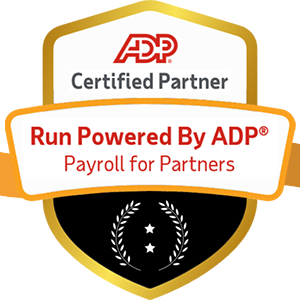
In today's fast-paced, highly competitive business landscape, organizations are constantly seeking ways to gain an edge in attracting and retaining top talent. As the war for talent intensifies, HR departments are turning to a powerful ally: data analytics. By harnessing the power of HR analytics, companies can make data-driven decisions that significantly improve their talent acquisition processes and outcomes.
In this article, we'll explore the crucial role that HR analytics plays in talent acquisition, and how it can help organizations make smarter, more strategic decisions when it comes to recruiting the best and brightest. We'll delve into the key benefits of using data analytics in recruitment, the types of data that HR teams should be collecting and analyzing, and the best practices for implementing an effective HR analytics strategy.

In the not-so-distant past, talent acquisition was often seen as more of an art than a science. Recruiters relied heavily on gut instincts, personal networks, and subjective assessments to identify and attract top candidates. While these methods can still play a role in recruitment today, the rise of HR analytics has fundamentally transformed the way organizations approach talent acquisition.
By leveraging data and analytics, HR teams can gain a much deeper, more objective understanding of their recruitment processes and outcomes. They can identify patterns and trends that may not be immediately apparent, and use those insights to make more informed, strategic decisions about where to focus their efforts and resources.


In today's data-driven business landscape, HR analytics is no longer a nice-to-have, but a must-have for organizations looking to stay competitive in the war for talent. By leveraging data and analytics, HR teams can make more informed, strategic decisions about recruitment efforts and resources, leading to faster time-to-hire, higher-quality candidates, and a more diverse workforce.
Implementing an effective HR analytics strategy requires more than just investing in tools and technologies. It requires a clear strategy, a data-driven culture, and a commitment to continuous improvement. By following best practices and learning from success stories, HR teams can unlock the full potential of HR analytics and elevate their talent acquisition efforts.


